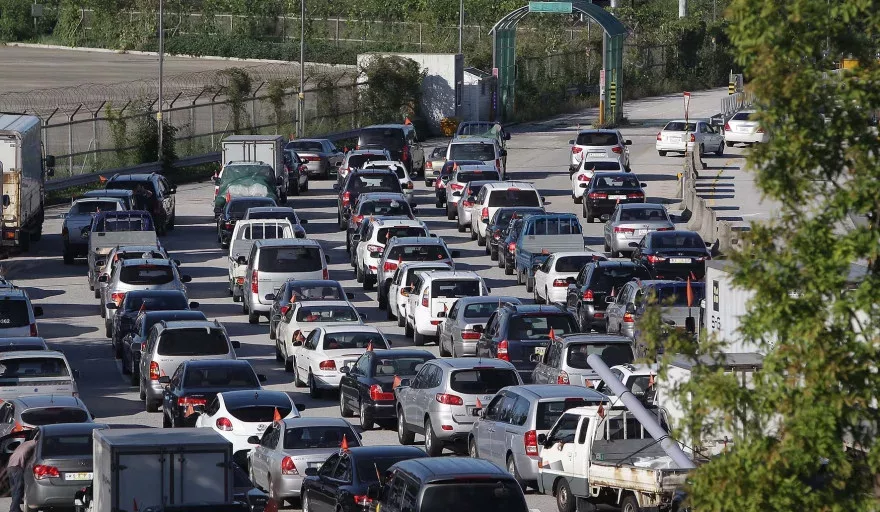The EU have ambitious plans to cut CO2 emissions by 40 per cent by 2030, however this is predicted to lead to a drop in the continent’s GDP by between 0.1 and 0.45 per cent based on current trends.
This information is contained in a somewhat overlooked passage in the impact assessment report which accompanies the proposal.
The finding, which originated in the Cambridge Econometrics model, appears at odds with estimates in the latest IPCC 5th assessment report released yesterday, that global decarbonisation would take just 0.06 per cent off global economic growth figures by 2030.
These conflicting figures depend entirely on pathways, and the Commission rejected high energy efficiency and renewable options in its 2030 climate and energy impact assessment that would have offered higher long term GDP numbers and lower costs to industry.
The predicted negative GDP effects of the 40 per cent greenhouse gas target would be “more limited if carbon pricing is applied throughout the economy, via ETS or carbon taxes, and if revenues are used to lower labour costs,” by reduced labour taxation, the EU analysis says.
The EU’s climate and energy communication also pitched a 27 per cent share for renewable energy in the continent’s energy generation by 2030 that would be optional for member states, and was hailed for its economic prudence by the EU’s hierarchy, Euractiv reported.
“An ambitious 40 per cent greenhouse reduction target for 2030 is the most cost-effective milestone in our path towards a low-carbon economy,” the European Commission President José Manuel Barroso said at the time of the 2030 proposal launch.
According to the 2030 impact assessment, industry will pay for the EU’s proposed decarbonisation by 2050 by paying a carbon price of €40 a tonne by 2030, which will rise to €264 by 2050. There is some debate as to whether this proposal will hold water as the target seems a difficult ask with huge amounts of controversy attached.


































